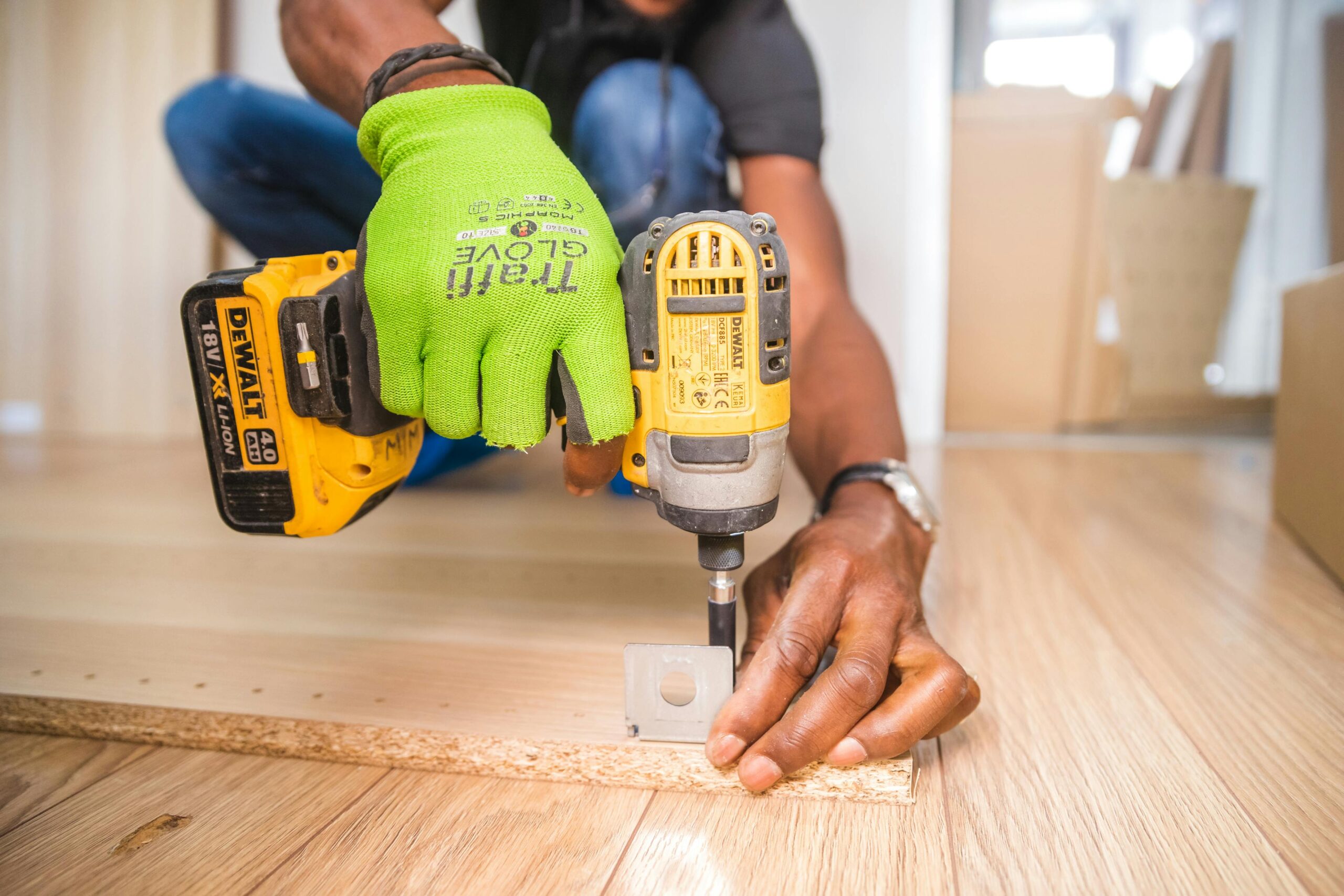The allure of DIY home improvement projects is stronger than ever, fueled by inspiring social media posts and the satisfaction of creating something with your own hands. However, not all home renovations are suitable for the average homeowner to tackle independently. This article will help you assess your skills realistically, identify which home repairs and improvements are DIY-friendly, and recognize when it’s time to call in professional help. Understanding this distinction can save you time, money, and potentially dangerous situations.
Assessing Your Skill Level Honestly
Before grabbing your toolbox, take a moment to honestly evaluate your capabilities. DIY enthusiasm is wonderful, but overestimating your skills can lead to costly mistakes. Consider your experience with tools, your understanding of basic construction principles, and your patience for learning new techniques. If you’ve successfully completed smaller projects like assembling furniture or hanging shelves, you might be ready for more intermediate tasks. However, if you struggle with basic repairs, it’s wise to start small and gradually build your confidence. Remember that many accomplished DIY enthusiasts began with simple projects and expanded their skills over time.
Easy Home Repairs Perfect for Beginners
Several home improvement projects are ideal for DIY novices. Painting rooms is perhaps the most accessible starting point—it requires minimal tools and provides immediate visual impact. Other beginner-friendly tasks include replacing cabinet hardware, installing new light fixtures (with the power turned off), caulking bathtubs or sinks, and building simple shelving. These projects allow you to develop basic skills while improving your home’s appearance. Replacing a basic toilet is another task that appears daunting but follows straightforward steps that most homeowners can manage. As noted by experts at AskHomey, starting with these simpler projects builds confidence for tackling more complex renovations later.
Intermediate DIY Projects Worth Attempting
As your skills advance, you can consider more substantial diy home improvement projects. Installing luxury vinyl plank flooring has become increasingly popular among intermediate DIYers due to its click-lock installation system. Hanging drywall, while physically demanding, follows logical steps that patient homeowners can master. Building a deck (if it’s low to the ground), installing a ceiling fan, or creating a basic paver patio are all projects where the diy vs pro renovation decision often tilts toward DIY for those with some experience. Tiling a backsplash represents another achievable challenge that can dramatically transform a kitchen. These projects typically require more specialized tools, but the investment often pays off through multiple future projects.
When to Hire Contractor: Red Flags for DIYers
Certain home improvements should give even experienced DIYers pause. Projects involving electrical work beyond simple fixture replacements carry safety risks and often require permits. Similarly, plumbing jobs extending beyond fixture swaps might seem straightforward until you encounter issues within walls or underground. Structural changes to your home—removing walls, adding windows, or modifying rooflines—require engineering knowledge and permit navigation that exceeds typical DIY skills. Gas line work should always be left to licensed professionals due to the catastrophic consequences of mistakes. Foundation repairs represent another area where professional expertise is non-negotiable. When in doubt about when to hire contractor services, consider both the complexity and the potential consequences of errors.
The Hidden Costs of DIY Gone Wrong
While saving money motivates many DIY attempts, unsuccessful projects can ultimately cost more than hiring professionals initially. Beyond material waste from mistakes, there’s the potential expense of emergency contractor calls to fix DIY disasters. Some insurance policies won’t cover damage resulting from unpermitted work or DIY errors. Consider also the time investment—professionals complete jobs efficiently because they’ve done them hundreds of times. What might take a contractor days could consume your weekends for months. There’s also the “relationship cost” when projects drag on, creating household tension. Finally, some DIY mistakes can significantly impact your home’s resale value, particularly if they involve electrical, plumbing, or structural elements.
Finding the Right Balance
The most successful homeowners develop a balanced approach to home improvement. They tackle appropriate DIY projects while recognizing when professional help is necessary. Start by mastering basic easy home repairs, gradually working up to more challenging tasks as your confidence and tool collection grow. For complex projects, consider a hybrid approach—perhaps doing demolition work yourself before professionals handle specialized aspects. This strategy maximizes both savings and quality. Remember that watching online tutorials, while helpful, doesn’t substitute for experience. Be patient with yourself as you learn, and don’t hesitate to consult experts when projects exceed your comfort zone.
For more tips and to connect with reliable home service professionals, follow AskHomey on Facebook and Instagram.



